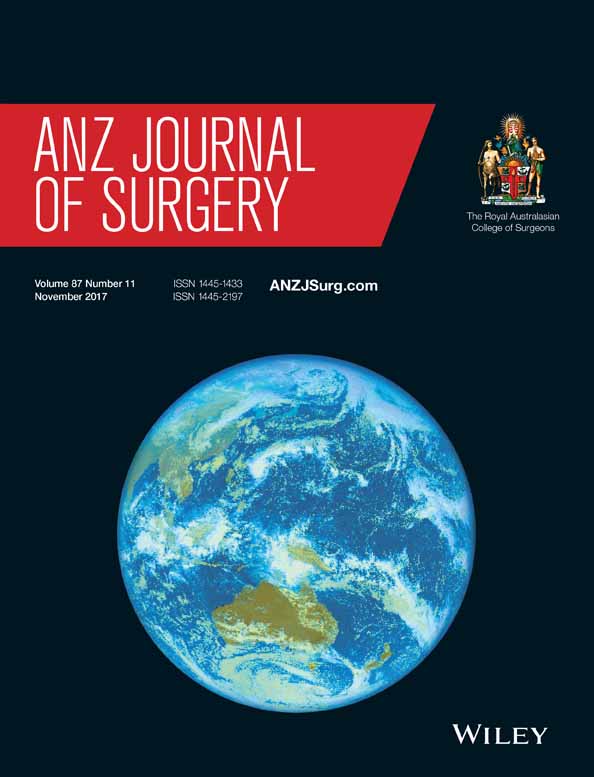Resection accuracy of patient-specific cutting guides in total knee replacement
Abstract
Background
Patient-specific guides (PSGs) have been thoroughly investigated with regards to reconstitution of mechanical alignment in total knee arthroplasty (TKA). The ability to replicate the preoperative surgical plan is essential for optimal outcomes but intraoperative measurements to confirm accurate progression through the operation are limited. This leads to our clinical question: can PSGs replicate the planned bone resection depth during TKA?
Methods
This is a prospective case series of 118 patients who underwent TKA using magnetic resonance imaging-based patient-specific cutting guides. Intraoperative bone resection thickness was measured and compared with the preoperative planned bone resections as a primary outcome. Secondary outcomes included the need for additional bone resections, the number of cases for which the PSG technique was abandoned, final component sizes and mechanical alignment.
Results
PSGs could not accurately recreate preoperative plan. PSGs resulted in over-resection in all bone cuts compared with the preoperative surgical resection plan. Secondary osteotomies were required in 37% of patients. PSGs had to be abandoned in 10.5% of cases, mostly due to suboptimal fit of the femoral block. The tibial component size was altered more frequently than the femoral.
Conclusion
Intraoperatively, PSGs could not accurately recreate the preoperative plan. PSGs are marketed as user-friendly tools to simplify TKA but our research demonstrates the need for surgeons to monitor surgical progression and compensate for errors occurring during the use of PSGs.




